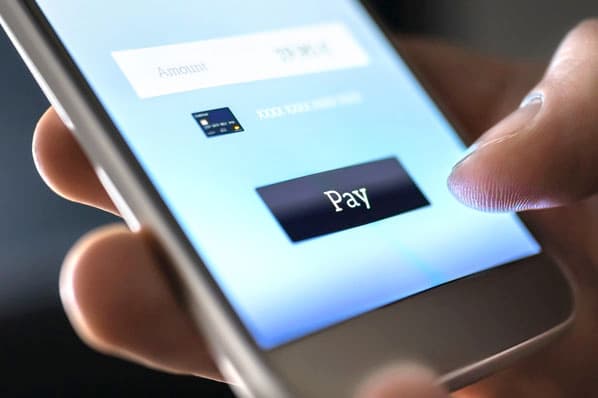The holiday numbers are rolling in, and the Pew Research Center has released a study that reveals tablet and ebook ownership has nearly doubled since the holidays. That's right, over the course of just one month, the number of people who own a tablet device or ebook reader has risen from 10% to 19%. E-reader ownership even rebounded from its decline in August 2011 to 9% from 12% in May, due to the release of cheaper ebook reader alternatives like the Barnes & Noble Nook and Amazon's Kindle Fire.
Who Owns Tablets and E-Readers?
So, significantly more people own tablets and e-readers in 2012. Who are these people? Pew collected demographic information about the owners of each device -- that data for which can be viewed in full here -- but a few highlights stood out.
The growth in e-reader ownership is more prominent among women and those with higher income and education, but the income gap isn't nearly as dramatic as it is with tablet owners. In e-reader ownership, those with an annual household income of $30,000-$50,000 are 12 percentage points behind those with an annual household income of $75,000. With tablet owners, that gap is 20 percentage points. Tablet owners also most commonly skew ages 30-49, but their gender distribution is evenly male and female.
Still, it looks like e-reader and tablet ownership is becoming more ubiquitous across all demographics, which is good news if we can just figure out how people are using these devices.
What Marketers Must Do to Keep Pace
Now that we know where certain segments of the population -- some of whom may be your target audience -- are consuming content and interacting with brands, marketers can better prioritize their mobile marketing efforts. If your target audience is part of this growing demographic (and if they aren't already, they probably will be soon), make sure you don't get left behind in the mobile marketing upswing that's currently underway.
E-readers are used for, duh, ebooks. Make sure you've created mobile content for people to consume on their e-reader, but also remember that it may be consumed via an app on a tablet device. Your content should be optimized for both.
It's also crucial you consider the experience of browsing your website on a mobile device. Yes, mobile app usage is up over web browsing, but that growth isn't coming at the expense of web browsing; that's growth in addition to web browsing. In fact, eMarketer discovered that B2B C-suite executives are using their tablets to research business purchases online, and far more so than non-C-suite executives. Take a look at your buyer personas. Are you selling to B2B executives? Are your researchers and decision makers in the C-suite? If this sounds like you, make full mobile optimization of your website a top priority for 2012.
 Finally, consider that mobile browsers spend more per purchase -- 50% more than smartphone visitors and 20% more than desktop and laptop visitors. If you're in the ecommerce business, it's more important than ever to ensure your shopping and checkout process is seamless across tablets to capitalize on this burgeoning mobile audience.
Finally, consider that mobile browsers spend more per purchase -- 50% more than smartphone visitors and 20% more than desktop and laptop visitors. If you're in the ecommerce business, it's more important than ever to ensure your shopping and checkout process is seamless across tablets to capitalize on this burgeoning mobile audience.
Is mobile's high adoption rate causing you to dedicate more time to mobile optimization and mobile-centric marketing campaigns? Share what you're working on in the comments!
Image credit: Feral78







![How is Mobile Commerce Growing Around the World? [Infographic]](http://53.fs1.hubspotusercontent-na1.net/hubfs/53/mobile-commerce.jpg)


